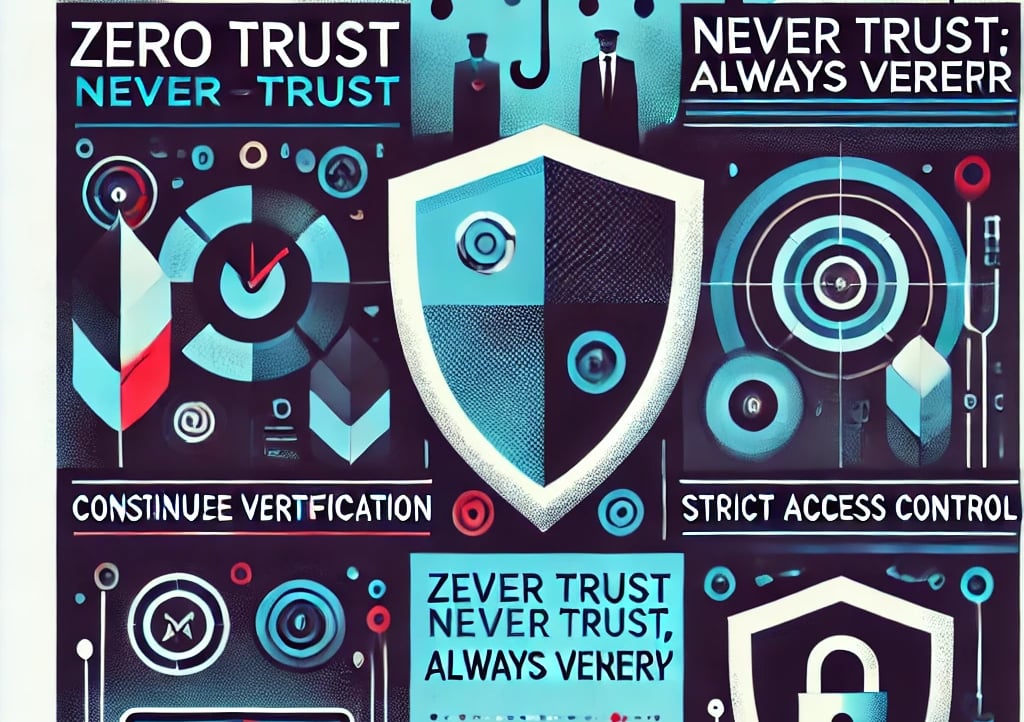Zero Trust: Never Trust, Always Verify
CYBERSECURITY AND DIGITAL RESILIENCE


Zero Trust: Never Trust, Always Verify
The concept of Zero Trust is revolutionizing cybersecurity. In simple terms, it means that no user or device is automatically trusted—even if they are part of the corporate network. Every time someone attempts to access a resource—whether an application, a database, or a file—the system verifies their identity and permissions before granting access. Moreover, this verification continues throughout the session: if something changes (for example, the user’s IP address or the security posture of the device), access can be revoked until the user re‑authenticates.
Zero Trust arises from the need to protect data and services in a world without a clearly defined perimeter. With cloud computing, remote work, and mobile devices, traditional perimeter firewalls are no longer sufficient. Zero Trust assumes the network is always at risk and “locks every door”: only those with the right credentials (including additional authentication factors) and explicit authorization receive access, and only to the strictly necessary resources (the principle of least privilege). A practical analogy would be a building where every room has its own lock and access control, rather than granting free movement after entering through the main door.
This model also improves resilience: if a hacker steals an employee’s credentials, Zero Trust prevents them from accessing systems beyond those the employee is authorized for. They may also encounter further barriers, such as multifactor authentication challenges. Effective Zero Trust implementations thus restrict lateral movement within the network. It is no coincidence that the U.S. government has issued guidelines for agencies to adopt Zero Trust architectures in the coming years.
To start a Zero Trust journey, many companies begin by mapping their critical assets and setting strict access controls around them. For example, servers containing sensitive data are isolated into dedicated network segments (microsegmentation) accessible only through authenticated gateways. Employees may use Zero Trust VPNs or contextual authentication systems to access internal applications—eliminating the distinction between “inside” and “outside” the network. Everything is treated as “outside” until you prove who you are.
Zero Trust is not just about technology; it is also a mindset. Trusting by default can be risky, and scrutinizing every access request with minimal permission leads to a much more robust security posture, one that is prepared to face advanced threats.
Bibliografia:
Kaspersky – “Cos’è la sicurezza Zero Trust?” (2023).
IBM – “Zero Trust in modern networks” (2024).
Forrester – Whitepaper Zero Trust (2019).